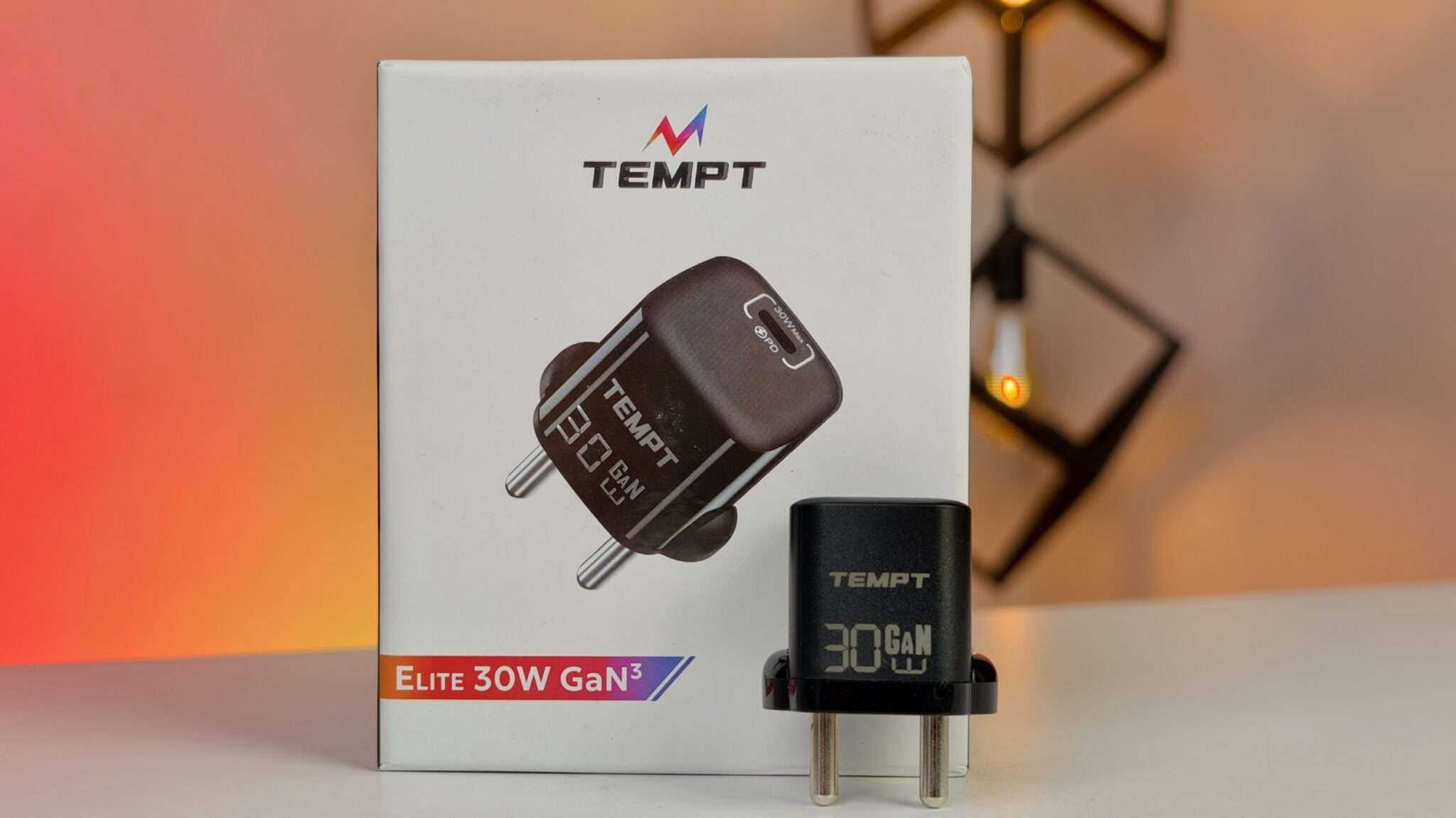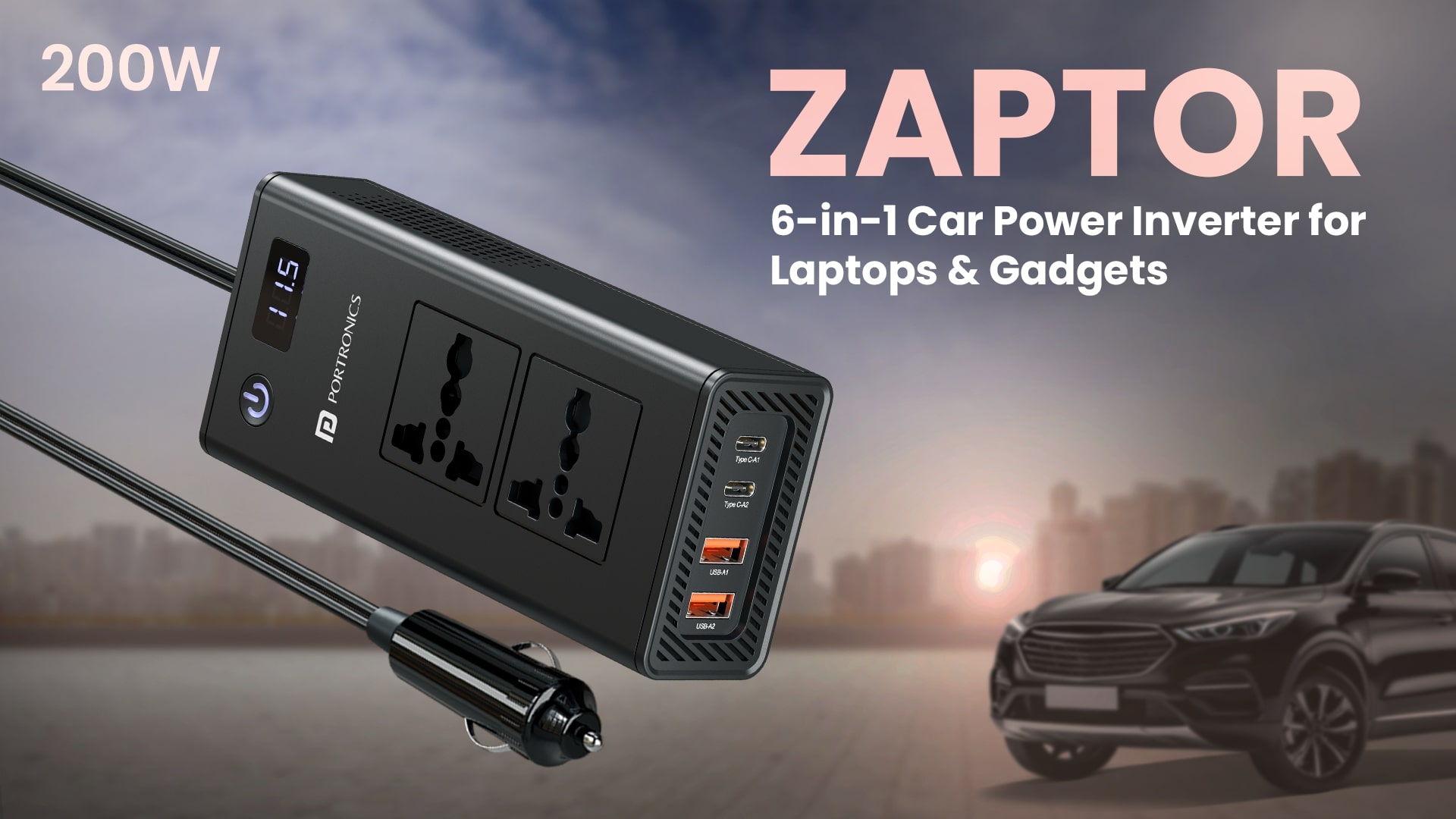Vodafone Idea (Vi), one of India’s most embattled telecom operators, has seemingly thrown itself a new lifeline. On Friday, May 30, 2025, its board approved a substantial fundraise of up to ₹20,000 crore. This decision comes amid mounting financial strain, with the company battling heavy debt, persistent losses, and fierce competition. It’s a move that signals a desperate push to stay afloat in a cutthroat Indian telecom market that doesn’t really forgive easily.
That said, the fundraise still needs the green light from shareholders and regulatory bodies. The plan is to raise this capital through a mix of equity and debt instruments. This could mean anything from a further public offer (FPO) to private placements or other permissible methods. The Capital Raising Committee has been tasked with figuring out the best way to bring this money in—a critical step, no doubt, but far from straightforward.
A Deep Dive into Vi’s Financial Reality
Looking at Vi’s recent financials gives a pretty stark picture. For the quarter ended March 31, 2025, the company posted a consolidated net loss of ₹7,166.1 crore. While this was slightly better than the ₹7,674.6 crore loss a year earlier, it still represented a sequential increase from the ₹6,609.3 crore loss in the December quarter. So, a bit of progress—but not really the turnaround one would hope for.
On the revenue front, there’s a small silver lining. Total operating revenue for Q4 FY25 grew 3.8% year-on-year, reaching ₹11,013.5 crore. More encouragingly, the average revenue per user (ARPU)—a key industry metric—rose to ₹175 in the March quarter, up 14.2% from ₹153 the previous year. This uptick is mostly due to tariff hikes and some customer upgrades, which, frankly, seems like the company’s best bet right now.
But despite these operational improvements, Vi’s financial foundation remains shaky. The full fiscal year 2024-25 saw losses ballooning to ₹27,383.4 crore. Even more worrying is the company’s negative net worth, which stood at ₹70,320.2 crore as of March 31, 2025—meaning its liabilities outweigh assets by a significant margin. That’s not exactly a good place to be when you’re trying to raise capital and convince lenders.
The Mountain of Debt and AGR Dues
A big chunk of Vi’s problems stem from its overwhelming debt and the Adjusted Gross Revenue (AGR) dues—a long-standing thorn in its side. As of March 31, 2025, total government dues were roughly ₹2 trillion, broken down as:
- ₹1.19 trillion in spectrum dues
- ₹83,400 crore in AGR dues
On top of this, the company also had bank debt amounting to ₹2,345.1 crore.
Adding to Vi’s woes, the Supreme Court recently rejected the company’s plea to waive interest and penalties on its AGR dues. This ruling piles on pressure just as the government’s four-year moratorium on payments of AGR and spectrum dues is set to expire in September 2025. From March 31, 2026, Vi faces staggering annual installments exceeding ₹18,000 crore for six years. Specifically, for FY26, it has to shell out ₹16,428 crore for AGR dues and ₹2,539 crore for deferred spectrum dues.
A Lifeline, But Not Exactly a Cure-All
The ₹20,000 crore fundraise is undoubtedly a lifeline—one that could ease Vi’s liquidity crunch and fuel much-needed capital expenditure. The company aims to invest between ₹50,000-₹55,000 crore in capex by FY28, focusing heavily on modernizing its 4G network and rolling out 5G. For instance, Vi’s capex in Q4 FY25 hit ₹4,230 crore, the highest since the merger, bringing the total for FY25 to ₹9,570 crore.
Vodafone Idea’s CEO, Akshaya Moondra, has mentioned ongoing talks with lenders to secure debt financing that can back up these capex plans. This fresh equity might well make it easier for Vi to convince banks to lend, given the company’s otherwise precarious financial stance.
It’s also worth noting the government’s role here. In March 2025, the government converted ₹36,950 crore of statutory dues into equity—marking the second such conversion and pushing its stake in Vi to 49%. Meanwhile, the promoters, Aditya Birla Group and Vodafone Group, retain operational control with 25.57% and 16.07% stakes respectively.
Challenges Still Loom Large
Even with this capital infusion and government backing, the road ahead isn’t exactly smooth. The Indian telecom space is largely dominated by Reliance Jio and Bharti Airtel—two powerhouses that Vi has struggled to keep pace with. Subscriber losses continue, although there’s a slight silver lining: in Q4 FY25, the churn rate slowed, with Vi losing 1.6 million subscribers compared to about 5 million in each of the previous two quarters.
So, what really lies ahead for Vi? Its survival and eventual growth will depend on a few crucial factors:
- Successful Debt Financing: The ₹20,000 crore equity raise has to be backed by substantial debt from lenders. Without that, it’s hard to see how Vi can fund its ambitious plans.
- Continued Government Support: Vi is still pushing for more relief on AGR dues. Without some government leniency, the company might not last past FY26.
- Network Upgrades and 5G Rollout: Getting 4G modernized and 5G services rolled out promptly is essential. Vi has already launched 5G in cities like Mumbai, Delhi, Chandigarh, and Patna, aiming to cover all 17 circles by August 2025. But execution remains key.
- Subscriber Growth and ARPU: Growing the subscriber base and continuing to raise ARPU are critical for boosting cash flows and stabilizing revenues.
At the end of the day, the ₹20,000 crore fundraise is a necessary move—but it’s not a magic bullet. It injects much-needed capital to stabilize operations and invest in the network. Yet, Vi’s long-term survival hinges on how well it executes its strategy, competes against much stronger rivals, and manages its overwhelming debt burden.
The fight for survival goes on—and frankly, it’s hard to say just how this story will end.



















